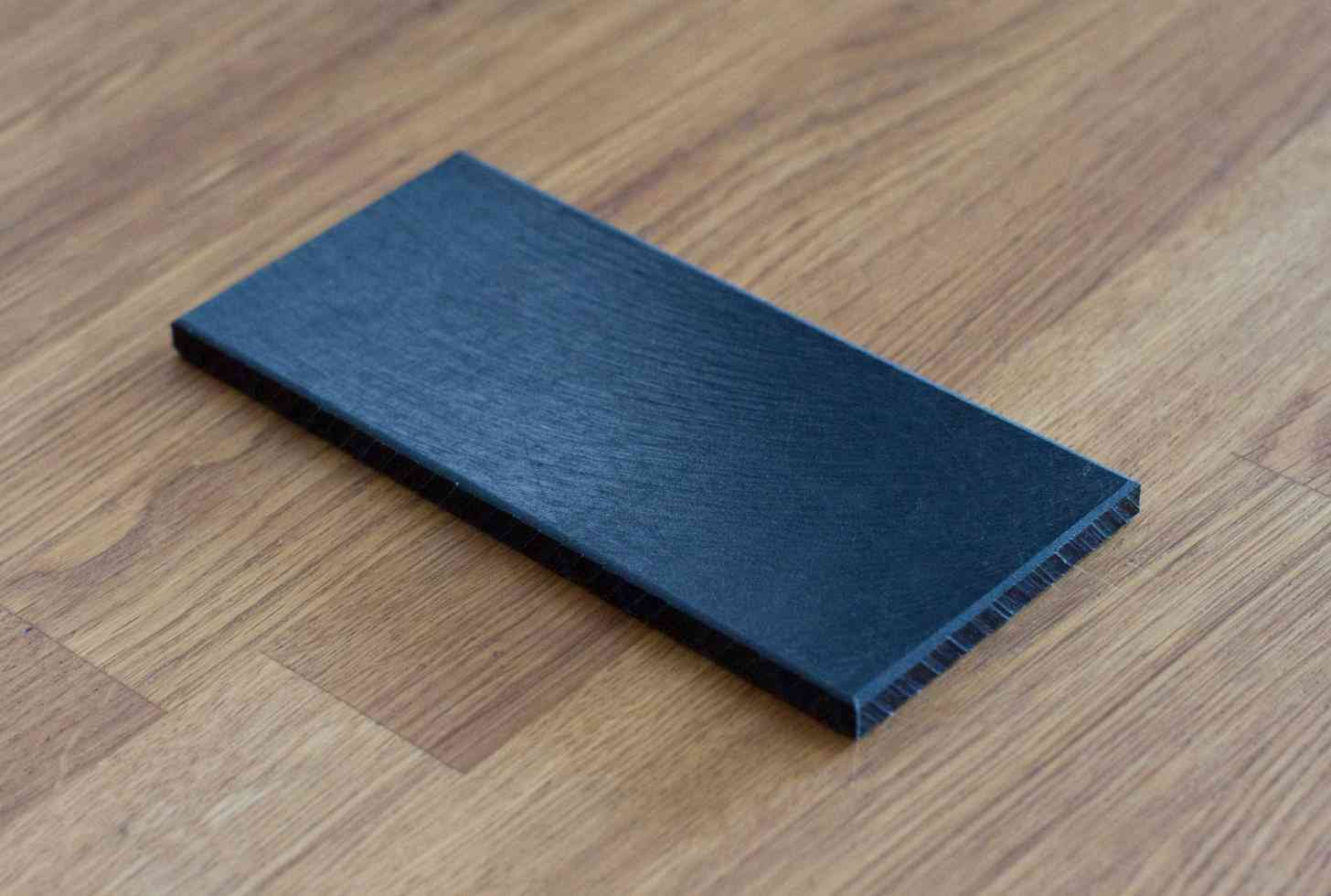
The topic of smartphone addiction has always been a fascination of mine. One of the first articles I ever wrote for PhoneDog addressed the issue and how it affected my daily life, going so far as to feeling panicked and uneasy if I accidentally left my phone at home while I was out. At the time, I had not totally beaten to work on the issue. 5 years later, I feel that I’m much more capable at managing the time I spend with my smartphone, although I’ll admit that I still probably use it more excessively than I should.
A recent news piece that caught my eye talked about a new smartphone on the market – a fake one. This placebo device, dubbed the “Substitute Phone”, was created by Austrian designer Klemens Schillinger as a means of helping people curb their smartphone addiction. The phones are made out of polyoxymethylene plastic and feature roller balls to simulate the sensation of scrolling or swiping. Essentially, it’s the adult version of a fidget spinner.
It seems a little humorous to carry around a fake phone and hope that it will cure one of certain habits that impact smartphone addicts such as absentmindedly checking for notifications, reading a phone for hours before going to bed, or more dangerous activities such as texting and driving. Personally, I never considered the physical aspect of smartphone use as part of my problem. These days I only check my notifications when they buzz (although I suppose I do feel “phantom vibrations” from time to time) and I have yet to use my phone at all while I’m driving. My personal weaknesses involve putting off sleep to finish reading an interesting article or not having enough willpower to not push the “Watch Next Episode” button on Netflix. Next thing I know, the season is over, it’s 4:00 in the morning, and the kids wake up in T minus 2 hours. Was it worth it? I ask myself. The answer is almost always a resounding, “No.”
When I reflect on my weaknesses, I realize that the Substitute Phone, or any other similar tools (like the NoPhone) designed to help quell the physical manifestations of smartphone addiction can’t help me. My problem isn’t that I’m addicted to the feel of the smooth glass/metal/plastic on my fingertips. I’m not addicted to checking for notifications nor the time. I’m addicted to the wormhole of information that’s inside of it.
I think the best way to cure the kind of addiction I have is to keep mindfully pushing towards better management. Typically, the consequences of indulging once in a while are negative enough to put me off from doing it again for some time. I feel that as long as I’m not putting anybody else in immediate danger, the occasional overindulgence isn’t going to affect much in the long run. I may be a bit tired the next morning, but it’s nothing a cup of java and an early bedtime the next night can’t remedy. As for getting stuck reading articles, I’ve gotten better at saving my place when I feel tired and picking up where I left off the next morning. It’s easier for me to do this with reading material than with visual content because when I’m too tired, I will “read” multiple paragraphs before realizing that I have no idea what I just read. That’s when I know it’s time to give up.
Still, I think inventions like the Substitute Phone and the NoPhone are good for the people out there that are primarily addicted to the physical sensations of using a smartphone, and perhaps grounds for conducting studies on the phenomenon at some point – which I can read on my phone late at night before going to bed, fueling my own addictive tendencies.
The Substitute Phone isn’t officially for sale, at least not yet. However, the NoPhone, which came out a couple of years before the Substitute Phone, is available for sale for a mere $10. Not a bad price if you think it might help you out, and although it might seem silly, it's not silly if it works.
Readers, what are your thoughts on this interesting concept? Do you think that the physical presence of a smartphone-like device would be enough to ward off your own smartphone addiction, or are you addicted to the stream of information more than the physical aspect?